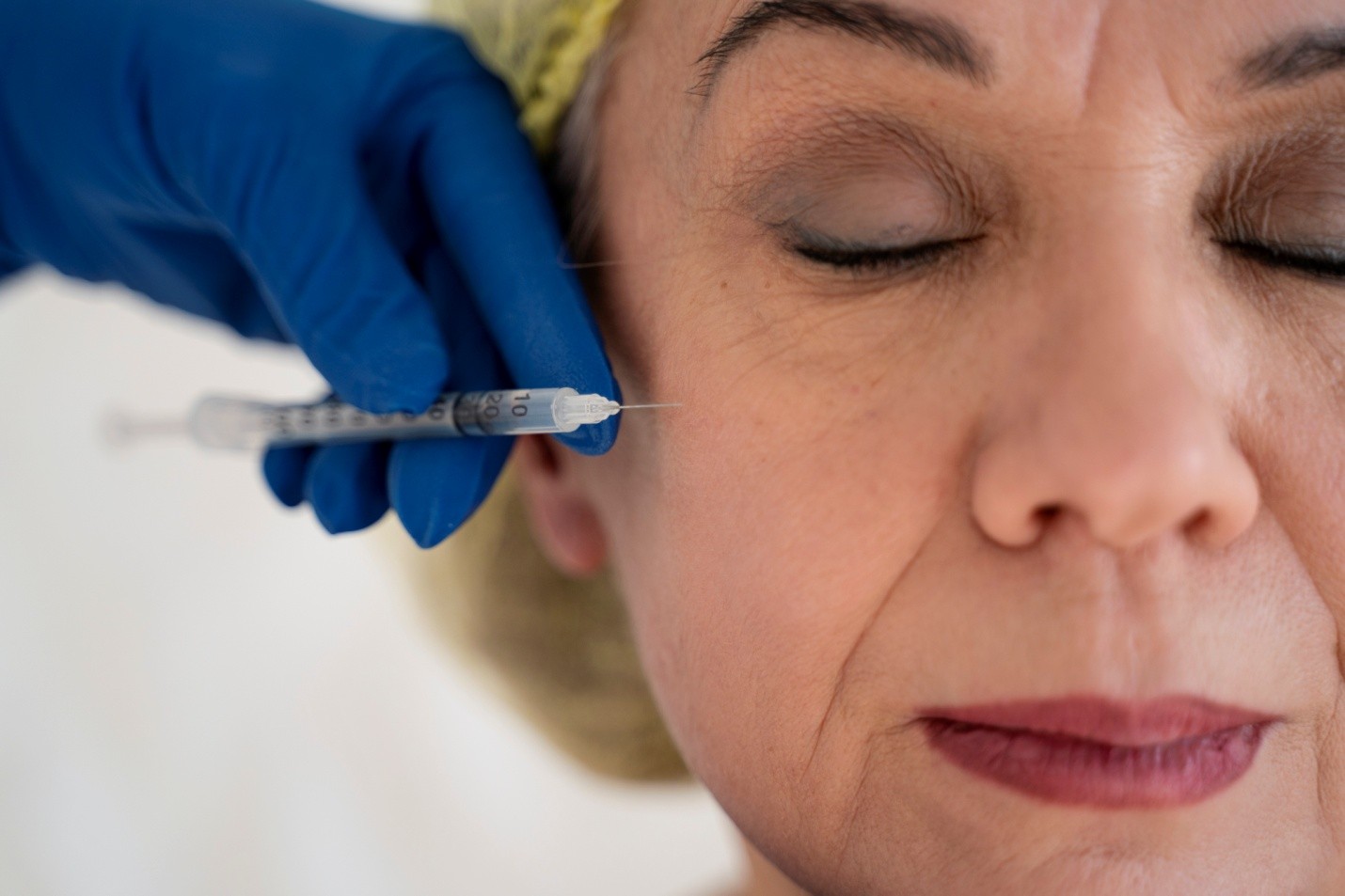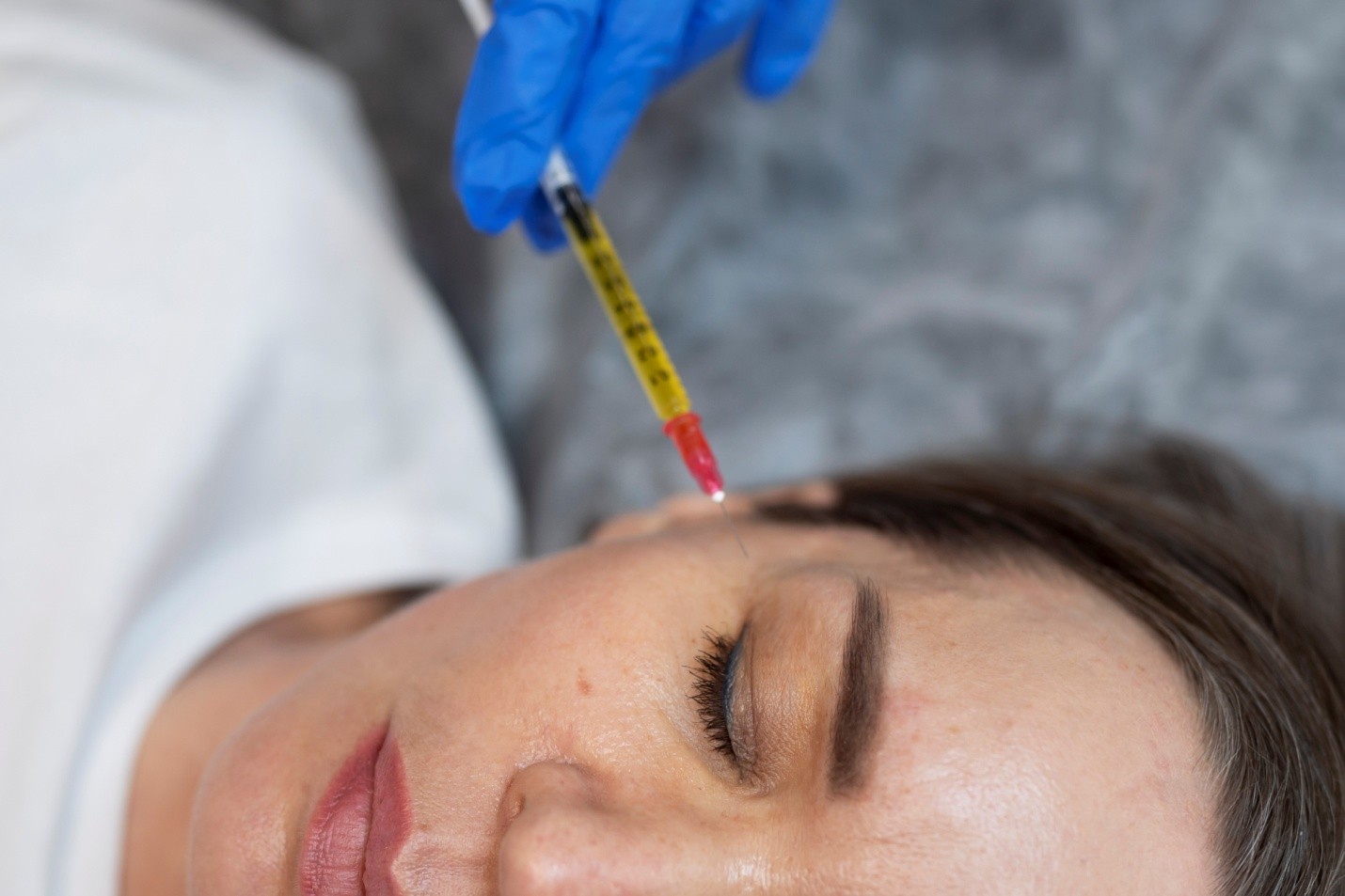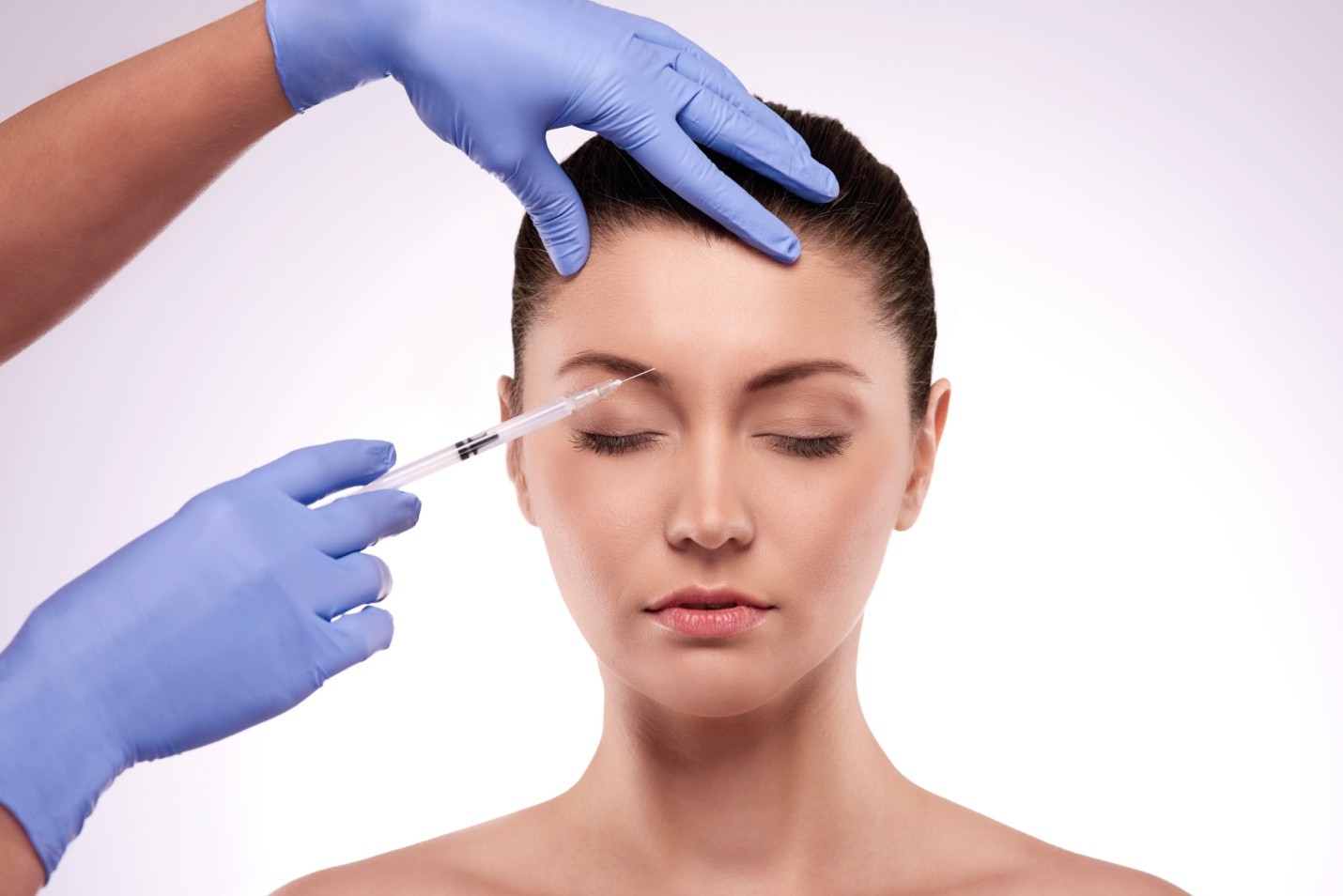How PRP Facial Reduces Fine Lines, Scars, and Pigmentation
Advancements in cosmetic dermatology have opened doors to innovative treatments that rely on the body’s natural healing ability to restore youthful skin. Among these, the PRP facial—short for Platelet-Rich Plasma facial—has gained significant attention for its ability to address common skin concerns such as fine lines, acne scars, and pigmentation issues. This regenerative technique harnesses your body’s own plasma to stimulate collagen production and promote healthy skin from within.
In this detailed guide, we’ll explore how a PRP facial works, the science behind its rejuvenating effects, and why it's becoming a go-to choice for people seeking non-surgical improvements to their skin texture and tone.


What Is a PRP Facial?
A PRP facial is a cosmetic procedure that uses platelet-rich plasma—extracted from the patient’s own blood—to rejuvenate the skin. Often combined with microneedling, the treatment introduces growth factors into the skin to accelerate tissue repair, improve collagen levels, and enhance overall complexion.
PRP is rich in platelets, white blood cells, and plasma proteins, all of which play key roles in healing and cellular regeneration. When introduced to targeted areas of the face, this biologically active serum promotes skin renewal and reduces the signs of aging and damage.
How Is PRP Collected?
The process begins with a standard blood draw, typically from the arm. This sample is then placed in a centrifuge, which spins rapidly to separate its components. The red and white blood cells are removed, leaving behind a concentrated layer of platelet-rich plasma.
This golden-colored fluid is then prepared for topical application or injection during the facial procedure.
How Does PRP Work on the Skin?
Platelets contain growth factors and cytokines that signal the body to initiate healing. When PRP is applied to the skin—often in conjunction with microneedling or superficial injections—these growth factors trigger a cascade of cellular processes that lead to:
- Stimulation of fibroblasts, the cells responsible for collagen and elastin production
- Increased blood flow to the treated area
- Improved tissue hydration and volume
- Accelerated skin cell turnover
Together, these effects help rejuvenate the skin and address specific concerns like fine lines, acne scars, and uneven pigmentation.
How PRP Facial Reduces Fine Lines
Fine lines are often the first visible signs of aging and typically appear around the eyes, mouth, and forehead. They are caused by a gradual decline in collagen, elastin, and skin hydration.
PRP facials target these areas in multiple ways:
Boosting Collagen Production
Collagen is a protein that keeps the skin firm and smooth. As we age, collagen production declines, leading to wrinkles and laxity. The growth factors in PRP stimulate fibroblasts to generate new collagen, effectively plumping the skin and smoothing out fine lines.
Enhancing Skin Elasticity
Elastin, another structural protein in the skin, contributes to elasticity. The regenerative effect of PRP helps restore bounce and tightness, reducing the appearance of creases and sagging.
Improving Hydration and Texture
PRP helps boost skin hydration by promoting the health of dermal cells. Improved moisture levels naturally reduce the depth and visibility of fine lines.
How PRP Facial Fades Scars
Scars, especially those resulting from acne or trauma, often leave the skin uneven and rough. These imperfections can persist for years and resist over-the-counter treatments.
PRP facial therapy addresses scarring through:
Regenerating Damaged Tissue
The bioactive molecules in PRP promote tissue regeneration at a cellular level. When applied to scarred skin, PRP encourages remodeling of the extracellular matrix, which helps soften the appearance of scar tissue.
Enhancing Microneedling Results
Microneedling creates micro-injuries in the skin, which are ideal channels for PRP absorption. This combination increases skin permeability and maximizes collagen induction therapy. Over time, this helps smoothen acne scars and refines pore size.
Stimulating Skin Renewal
PRP accelerates the turnover of skin cells, helping replace damaged or dead cells with fresh, healthy tissue. This leads to a more even skin tone and texture, especially in areas with shallow scarring.
How PRP Facial Treats Pigmentation
Hyperpigmentation is often caused by inflammation, sun damage, hormonal changes, or acne. It results in patches of darkened skin, uneven tone, and discoloration, especially around the cheeks, chin, and forehead.
PRP can help correct pigmentation issues by:
Reducing Inflammation
Inflammation often triggers excess melanin production, leading to dark spots. The anti-inflammatory properties of PRP help calm the skin and prevent pigment overproduction.
Encouraging Healthy Cell Turnover
By stimulating new skin cell growth, PRP gradually fades dark spots and evens out skin tone. The skin sheds damaged pigmented cells and replaces them with newer, lighter ones.
Supporting Skin Barrier Function
Healthy skin renews more efficiently and is less likely to develop pigmentation problems. PRP enhances the skin barrier, making it more resilient against environmental damage and discoloration.
The PRP Facial Procedure: Step by Step
Consultation and Assessment
A skin professional evaluates your concerns, skin type, and medical history to determine if PRP is appropriate. Conditions such as active acne, blood disorders, or certain autoimmune diseases may affect eligibility.
Blood Draw and PRP Preparation
A small amount of blood is drawn and spun in a centrifuge to isolate the platelet-rich plasma.
Microneedling or Injection
- Microneedling: A device with fine needles creates tiny punctures in the skin to allow better PRP absorption.
- Injection: In some cases, PRP is directly injected into areas of concern, like under the eyes or around deep scars.
Topical Application of PRP
The PRP serum is then applied to the treated areas. It penetrates the skin, delivering growth factors deep into the dermis.
Post-Treatment Care
After the procedure, mild redness or sensitivity may be present. Patients are advised to avoid sun exposure, heavy exercise, or harsh skincare for a few days.
What Results to Expect
Results vary by individual, but most people begin to notice improvements within 2 to 4 weeks, with continued progress over several months.
Common outcomes include:
- Softer and smoother skin
- Reduction in fine lines and wrinkles
- Diminished appearance of scars
- Evened-out skin tone
- Increased firmness and glow
For optimal results, multiple sessions may be recommended, spaced several weeks apart.
PRP Facial vs Other Treatments
While chemical peels, laser therapy, and dermal fillers also aim to improve skin tone and texture, PRP facials stand out because they use the body’s own regenerative resources, reducing the risk of allergic reactions or adverse effects.
Additionally, PRP can be combined with other aesthetic treatments for a more comprehensive rejuvenation approach, depending on individual needs and goals.
Safety and Side Effects
PRP facials are generally considered safe, especially because the material used comes from your own body. However, like any cosmetic procedure, there may be minor, temporary side effects:
- Redness or swelling
- Sensitivity or bruising at the injection site
- Mild dryness or flaking
These effects typically resolve within a few days. Serious complications are rare when performed by trained professionals under sterile conditions.
Is PRP Facial Right for You?
This treatment may be an ideal choice if you:
- Have early signs of aging such as fine lines or dullness
- Are dealing with acne scars or uneven skin texture
- Want to reduce dark spots or hyperpigmentation
- Prefer a natural, minimally invasive approach
- Are not ready for surgery or synthetic fillers
A professional consultation will determine if your skin type and medical profile are suitable for PRP therapy.
Conclusion
The PRP facial represents a powerful intersection between science and aesthetics. By using your body’s own healing potential, this treatment offers a natural, effective way to tackle fine lines, scars, and pigmentation. Whether used as a preventive measure or to target existing concerns, PRP can rejuvenate your skin from the inside out—restoring glow, tone, and youthful resilience.
As with any cosmetic treatment, results depend on consistency, aftercare, and choosing a qualified practitioner. When done correctly, a PRP facial isn’t just about looking younger—it’s about letting your skin heal, strengthen, and shine through its own natural biology.

